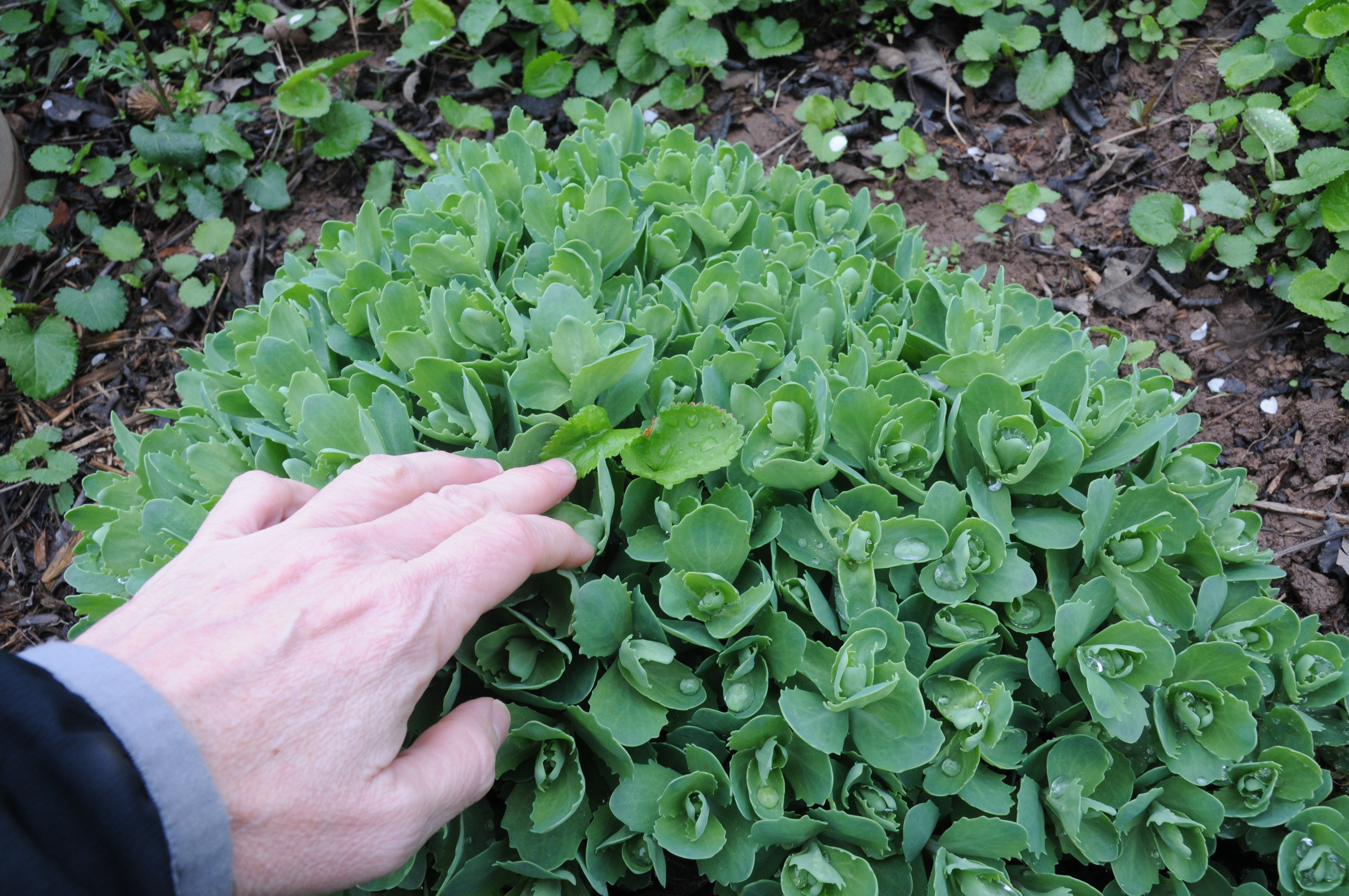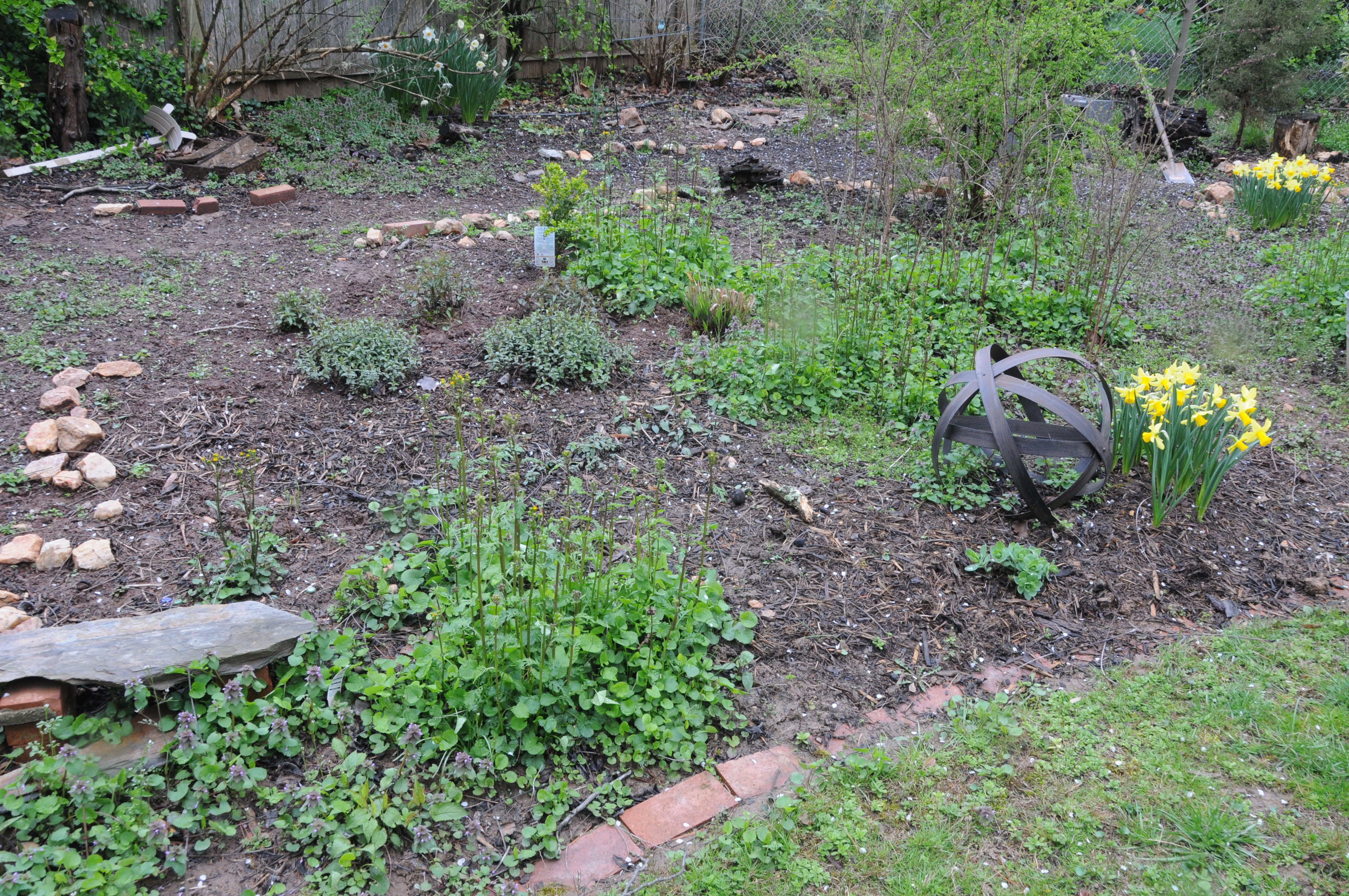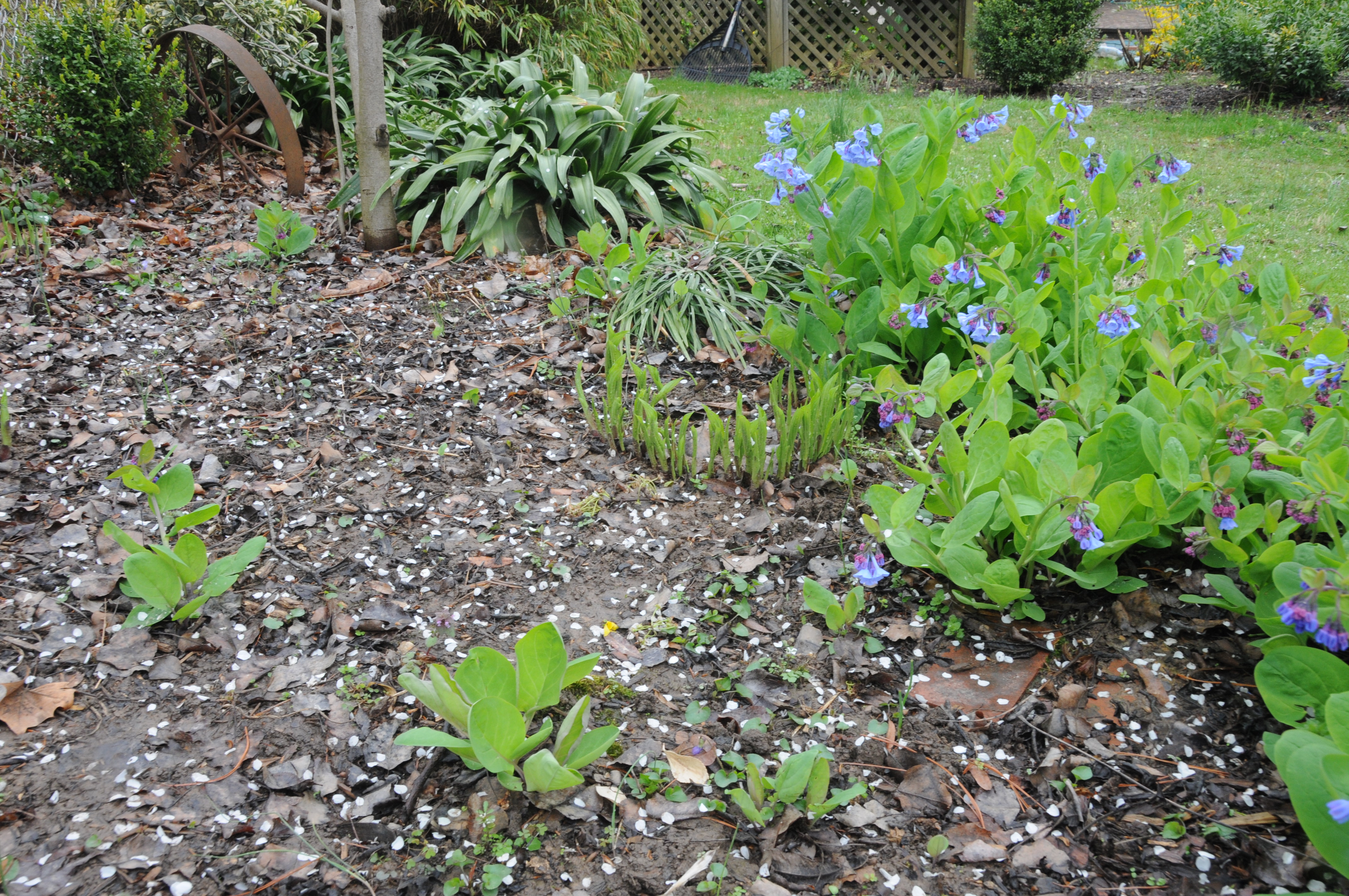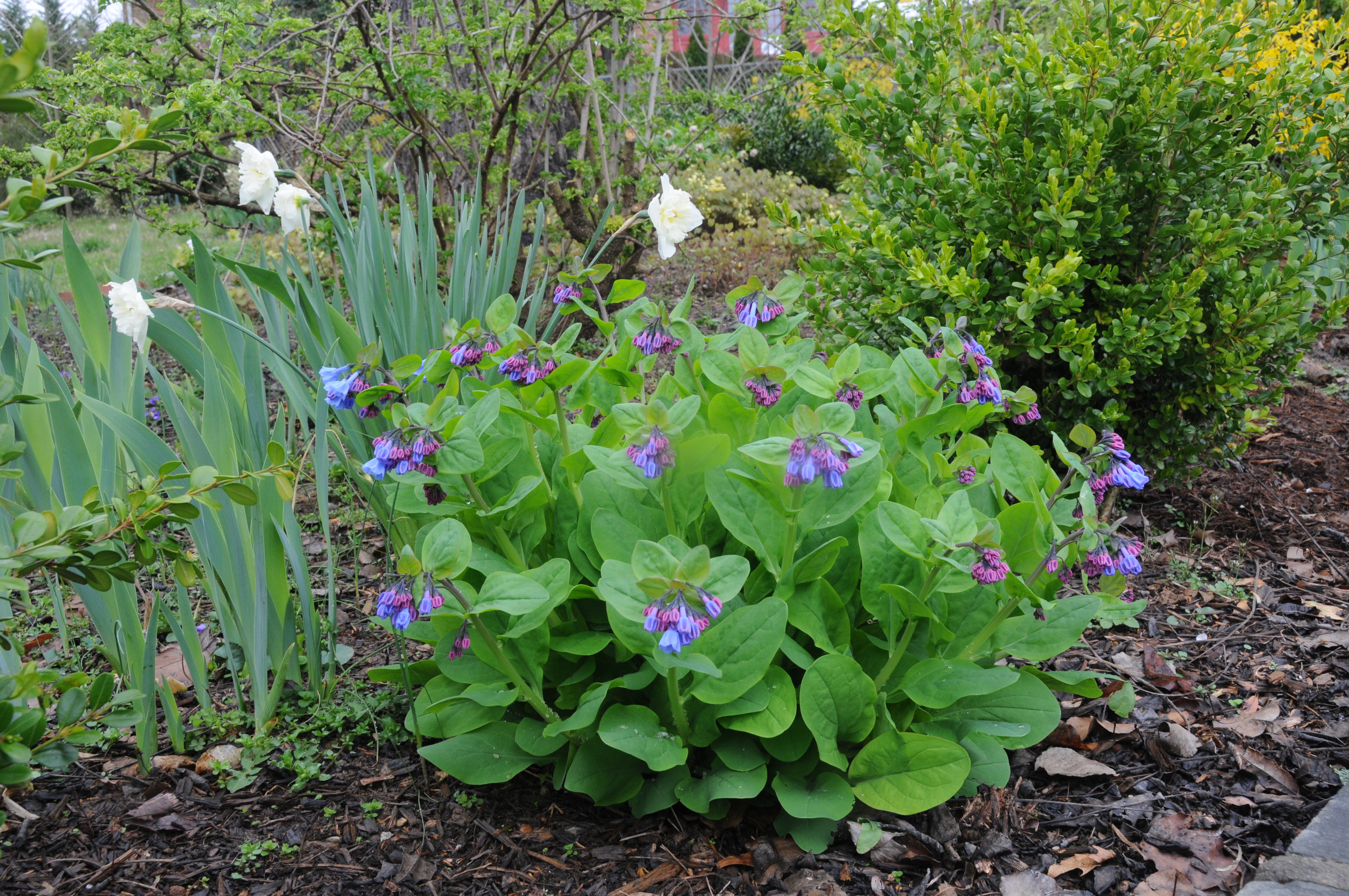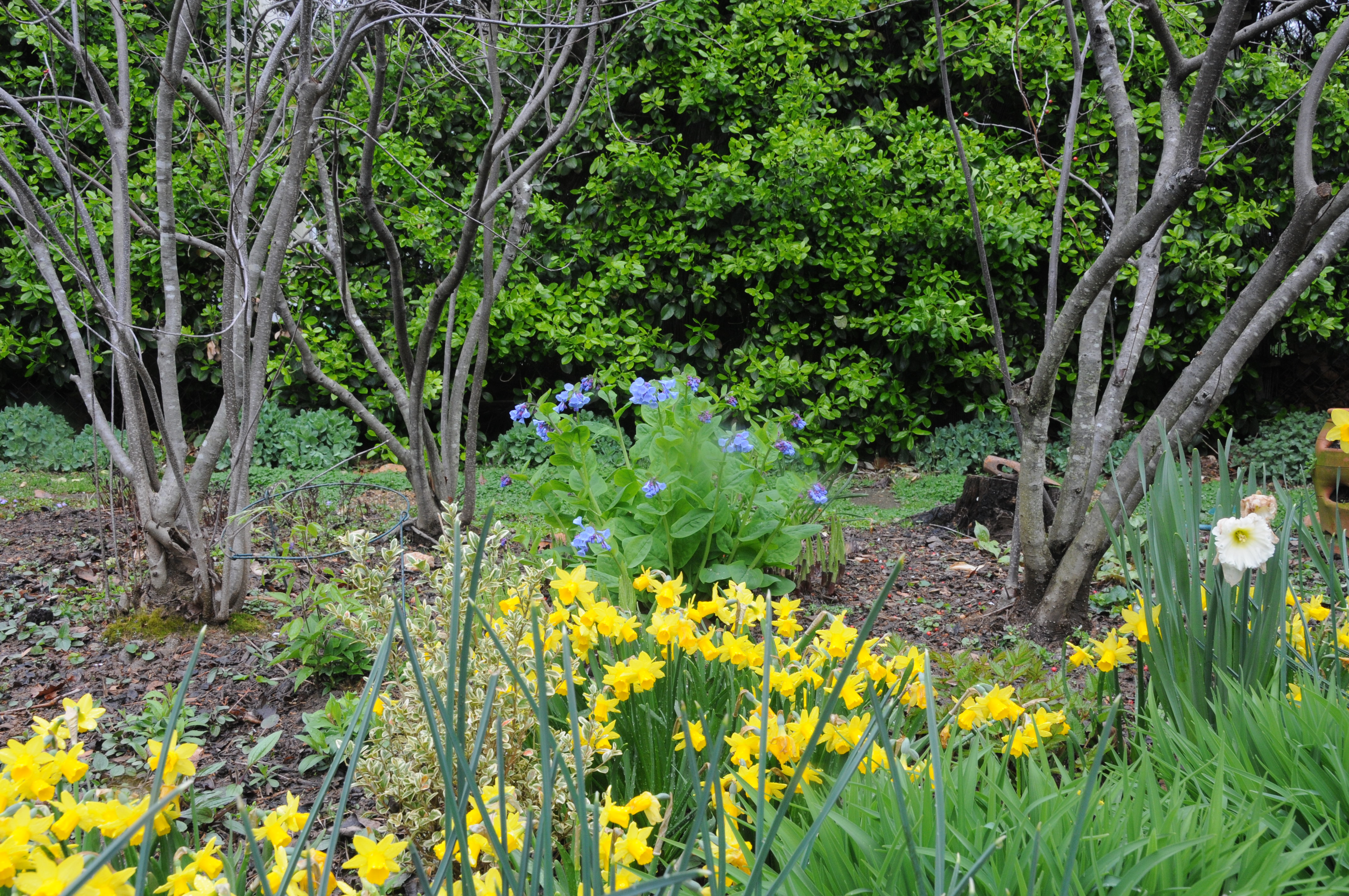Loss is nothing else but change, and change is Nature’s delight.
– Marcus Aurelius
I’ve lost another Japanese maple. This is the third.
I’m sure you’re not too busy to listen to my tragic history with Japanese Maples, so pull up a chair.
My backyard is rather shady and populated by (surprise!) black walnuts. Since Japanese maples are said to happily co-exist with black walnuts, enjoy a part shade location, and since they are gorgeous, elegant, and display unparalleled fall colors, I have coveted them for years.
Alas! Each tiny tree that I have planted over the past decade has died a tragic death.
Tragic death #1 was an Acer palmatum ‘Waterfall’ that I planted about 8 years ago in order to spill gracefully over a retaining wall. This one actually lived for two years! Then we had some major work done to repair the retaining wall, and come spring, only a “waterfall” of dead twigs adorned our wall. All that remains of this tree is its plant tag with Care Instructions, which is tucked lovingly away in a special scrapbook. I blame the workmen for its demise, though I have no proof.
Tragic death #2: Acer palmatum ‘Butterfly’. When I worked at a garden center in 2009, full-sized specimens of ‘Butterfly’ were placed strategically around the woody plant sales and occasionally a vulnerable patron would drop $1000+ for one of these beauties. How clever I was to find a tiny specimen in a local nursery for just $19.99!!! Eagerly I planted it, envisioning how in 5-7 years it would become an elegant focal point in my back yard, how my neighbors would peer out their windows, marveling at its ethereal beauty and envying my horticultural superiority. Unfortunately, since I planted this poor wee thing smack dab in the middle of my lawn, completely exposed to prevailing winds during one of the more brutal winters of the past decade, my neighbors simply witnessed what appeared to be a couple of sticks poking forlornly out of my lawn.
Tragic death #3 involves this sweet specimen of Acer japonicum ‘Aconitofolium’, which I found at my local nursery last August. After spying this enchanting little tree, I envisaged (yes, envisaged) the perfect spot for it in my backyard, purchased it, and carefully wedged it into my compact car. It’s possible I even snapped a selfie.

I planted it immediately and boy how fetching it looked with the Japanese painted ferns adorning its base.

You have to admit it’s fetching!
All winter — out on trips to my compost pile or picking up yard debris — I stopped to examine the bare tree for signs of distress. But the slender branches always appeared robust, not withered or dark. The leaf buds looked plump. And the winter had been remarkably mild. Surely I would be rewarded in spring with a fresh flush of foliage!
As March arrived, then April, I eagerly waited for the leaf buds to fatten further and push out tiny new leaves….
but…
well, here’s the tree a couple days ago (grab a tissue):

I have passed through the Shock and Denial phases of the grieving process, where I tried to tell myself that this must be a species of tree that just takes its time leafing out. And yes, there was Guilt as well. (What was I thinking, planting a tree in August??) Currently I think I’m in the “Bargaining” phase. Does examining your bank account to decide how much to spend on a replacement tree count as Bargaining?
Anyway, gardeners get lots of practice with loss. Sure, losing a prized plant isn’t the same as losing a friend or a pet, but it sure stings. And there’s something about losing trees that is especially painful…..perhaps because planting a small tree and watching it grow and evolve over the years into something grand and beautiful is somewhat akin to watching a child grow up. When a young tree dies it feels as though something much bigger was taken away than when your pot of zinnias got powdery mildew.
But we keep planting. We keep buying and sowing and dividing and watering and hoping, knowing full well that each year there will be some disappointment and pain sprinkled into the gratification and joy.
As for me, the pain of the lost ‘Aconitifolium’ is still rather fresh, but I am envisaging something new now. Wouldn’t a redbud or a winterberry holly look absolutely darling in that spot? Maybe a trio of winterberries….maybe one of those ones with the gold berries, even! I am envisaging it now…
and it’s delightful.








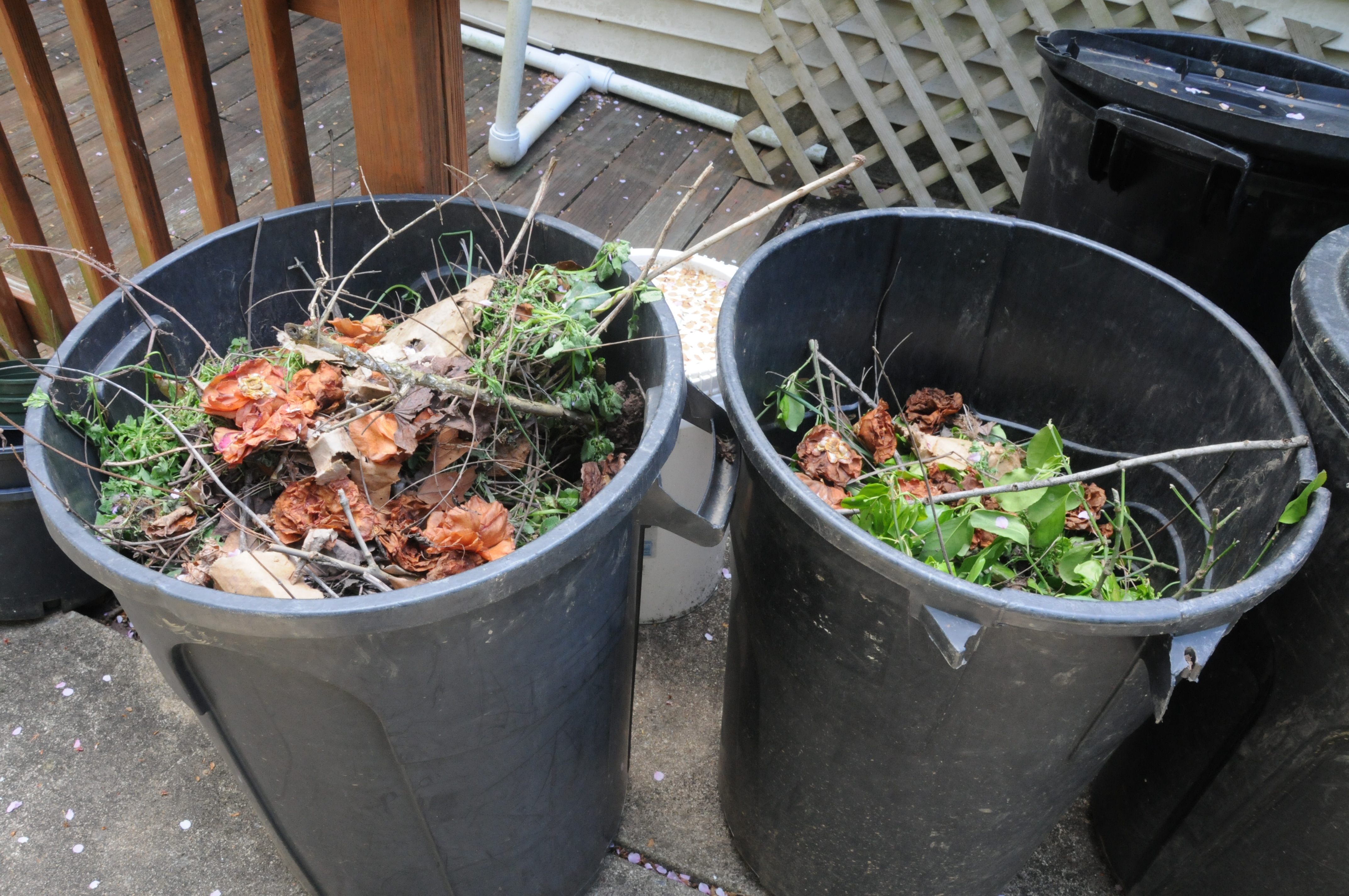






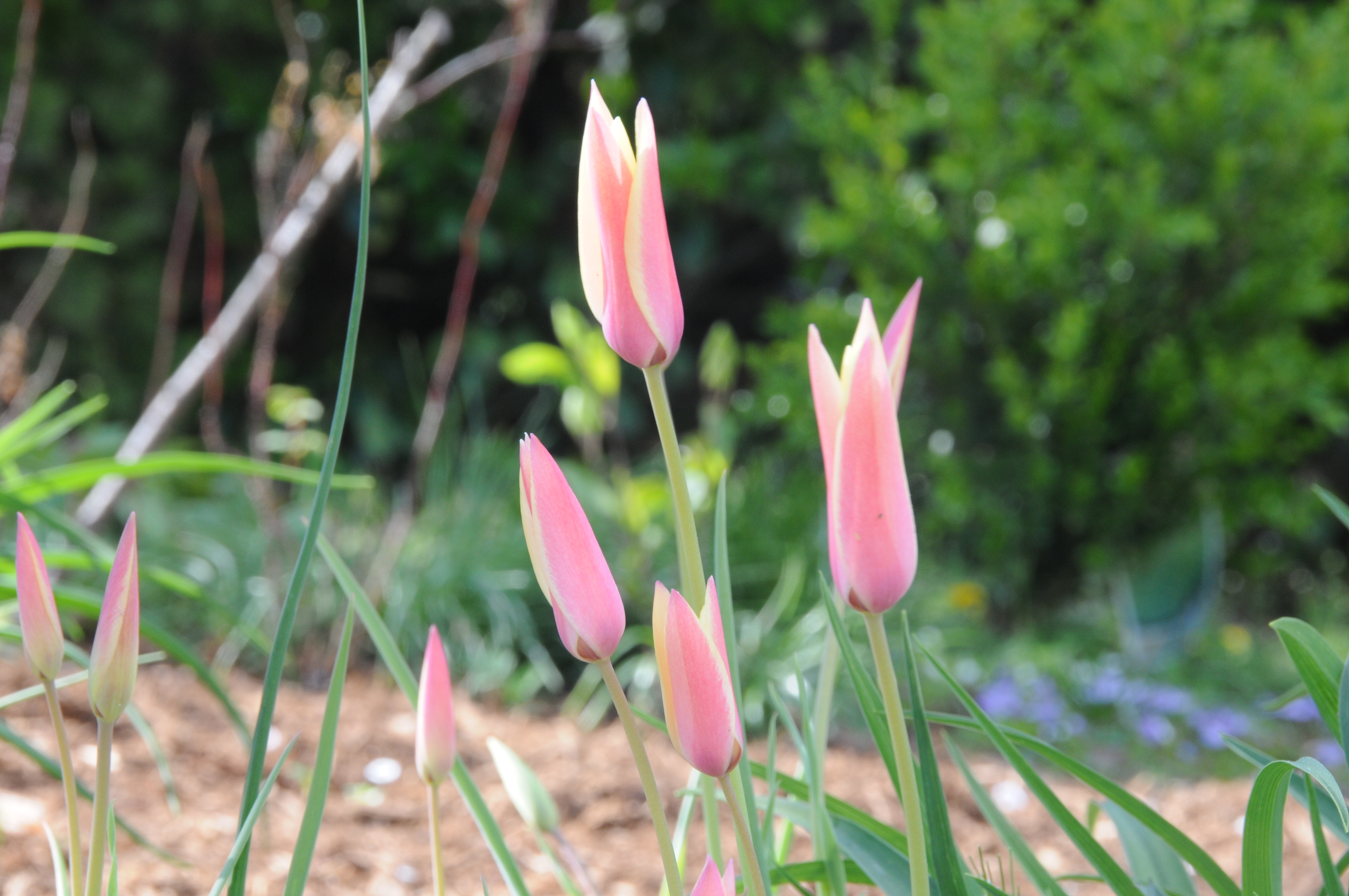


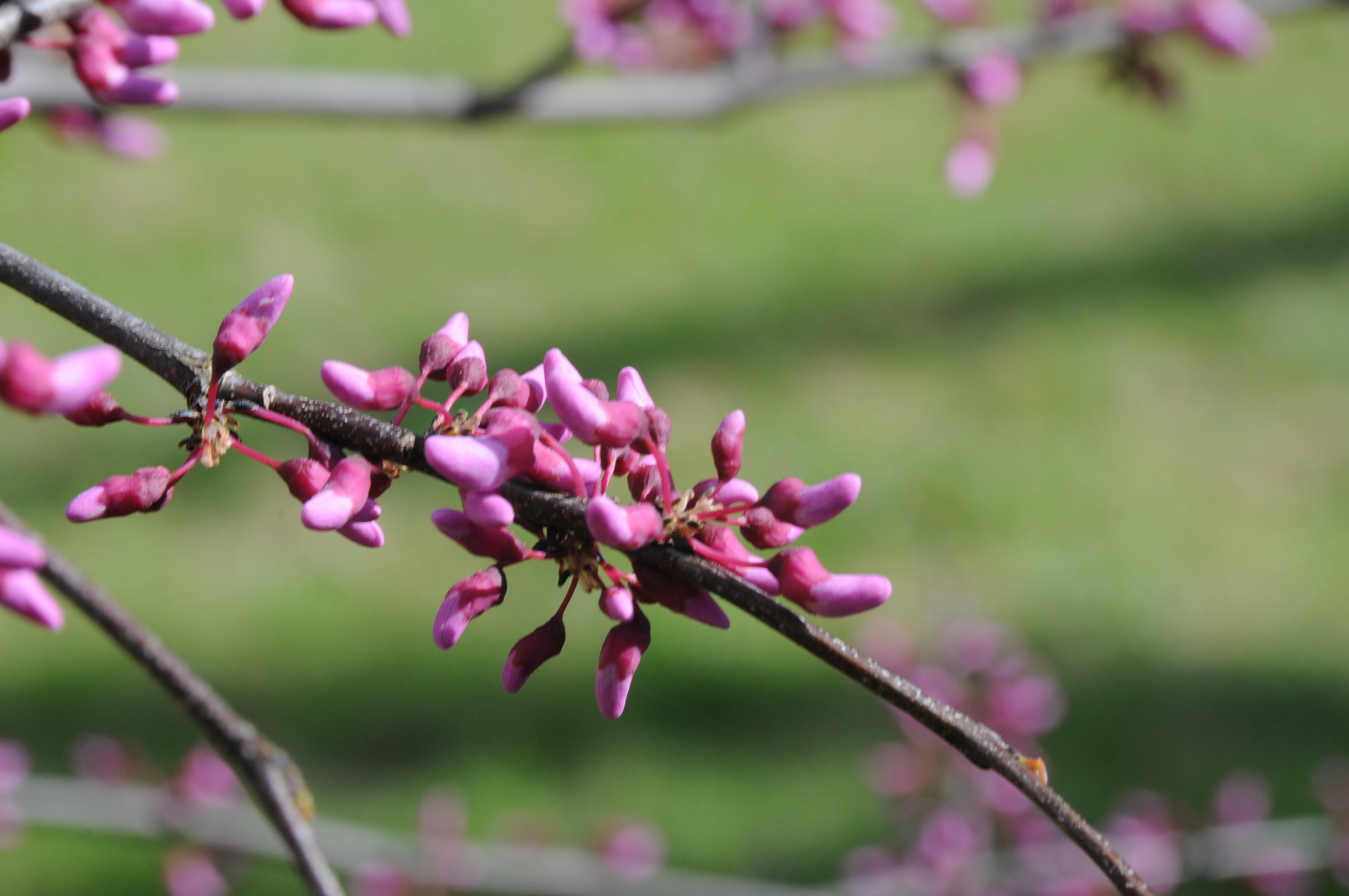

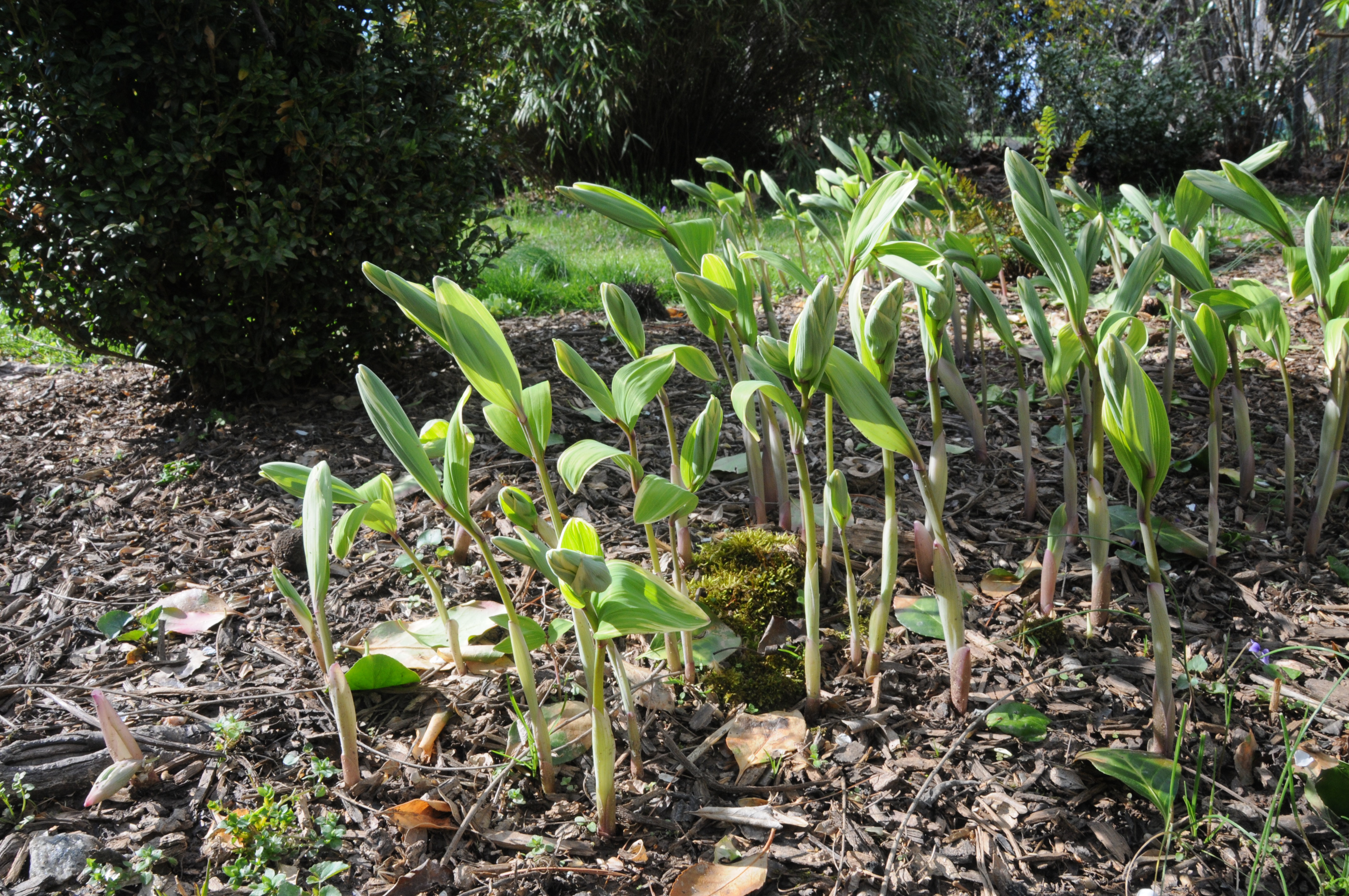
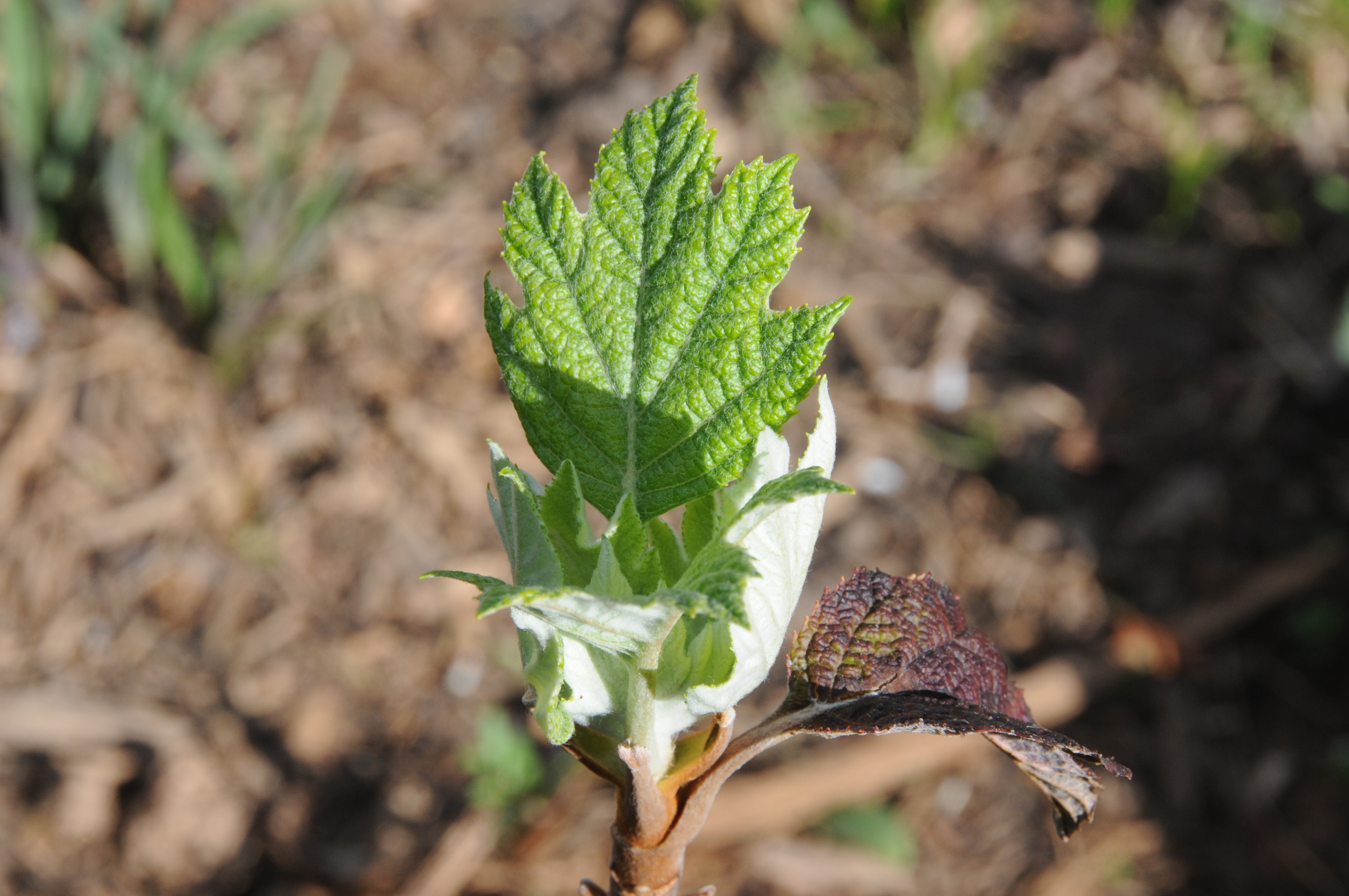


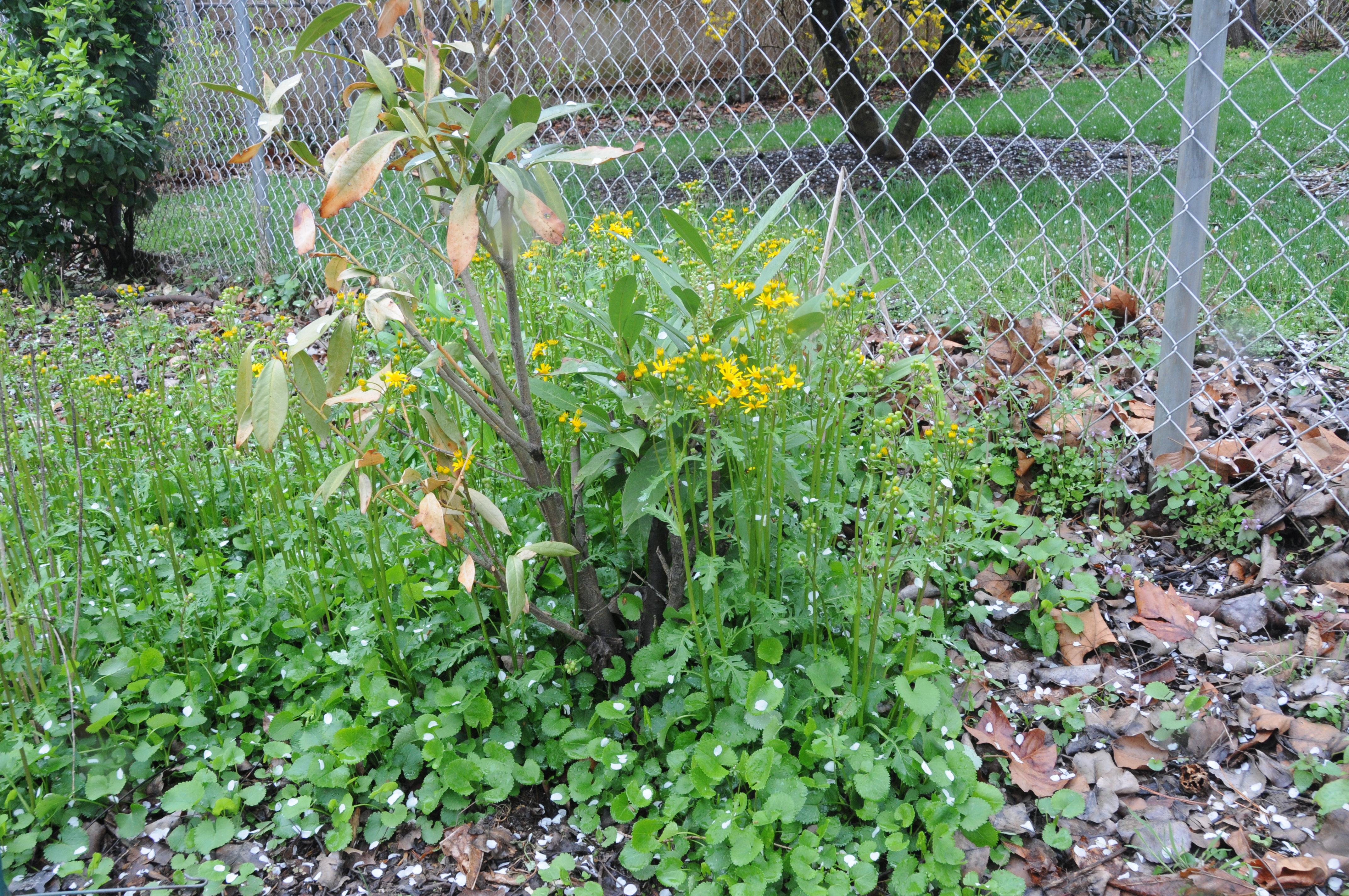 It is a pretty plant in some situations, but it also has the potential to look rather weedy, as above (though the struggling Skip Laurel doesn’t help this tableau). In a woodland garden, a few patches of it would be delightful, but in my semi-shady-but-not-quite-woodland backyard, it has spread like a ______________, overtaking everything in its path.
It is a pretty plant in some situations, but it also has the potential to look rather weedy, as above (though the struggling Skip Laurel doesn’t help this tableau). In a woodland garden, a few patches of it would be delightful, but in my semi-shady-but-not-quite-woodland backyard, it has spread like a ______________, overtaking everything in its path.